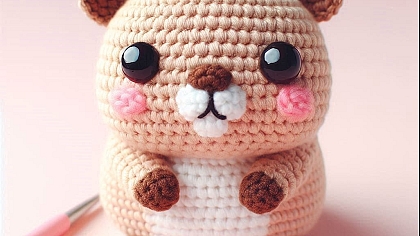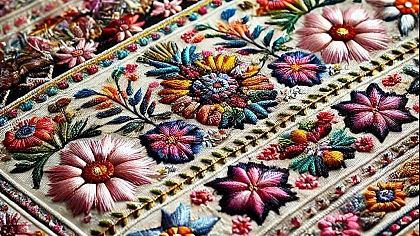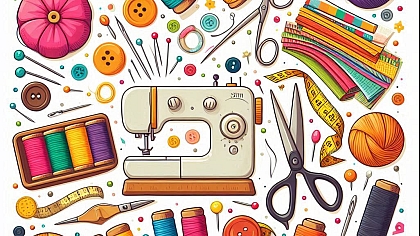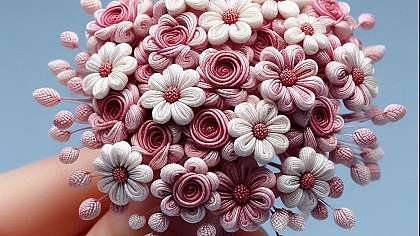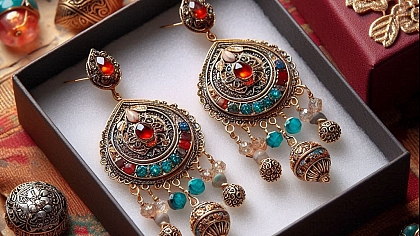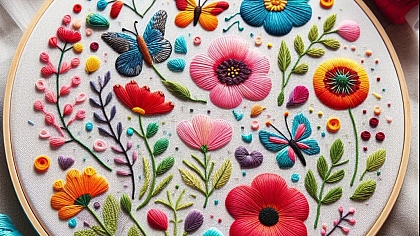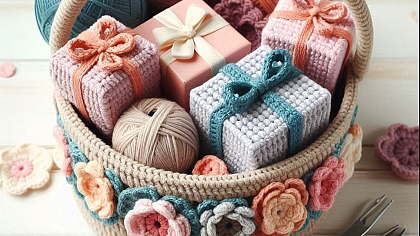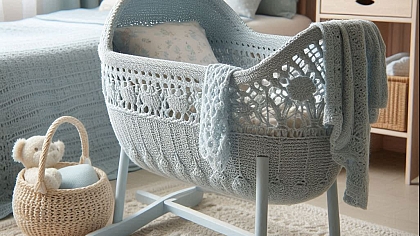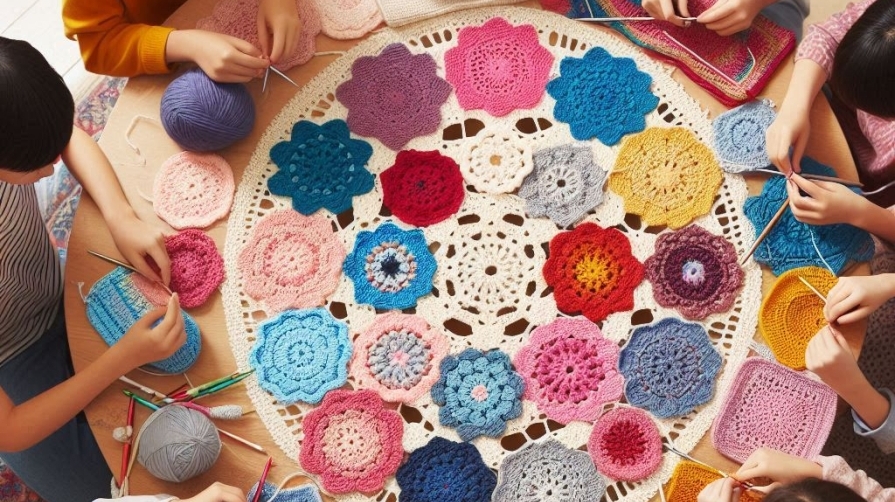
Crochet for Kids: Fun and Easy Projects for Young Crafters
Crocheting is a delightful and creative hobby that can be enjoyed by people of all ages, including kids. Introducing children to the art of crochet can foster creativity, enhance fine motor skills, and provide a sense of accomplishment. This article explores the benefits of teaching crochet to kids and presents some fun and easy projects that young crafters can enjoy.
Benefits of Crocheting for Kids
Enhances Fine Motor Skills
Crocheting requires precise hand movements and coordination. For kids, practicing these small, repetitive actions can significantly enhance their fine motor skills. This improvement can translate to better handwriting and dexterity in other activities. The action of holding the crochet hook and manipulating the yarn helps strengthen hand muscles, leading to better control and agility.
Encourages Creativity and Imagination

Crocheting allows children to express their creativity. They can choose their colors, experiment with patterns, and create unique items. This freedom encourages imaginative thinking and problem-solving as they work through different designs. Kids can invent their own patterns, mix and match colors, and even come up with original project ideas, sparking their creative thinking and innovation.
Provides a Sense of Accomplishment
Completing a crochet project, no matter how small, gives children a sense of achievement. This boost in confidence can motivate them to tackle more complex projects and challenges in other areas of their lives. Seeing a finished product that they created with their own hands instills a sense of pride and satisfaction, which is essential for building self-esteem.
Promotes Relaxation and Mindfulness
The repetitive nature of crochet can be calming and meditative. Engaging in this activity can help kids relax and focus, making it a great tool for managing stress and promoting mindfulness. The rhythm of the stitches can be soothing, helping to calm the mind and providing a break from the hustle and bustle of daily activities.
Getting Started with Crochet: What Kids Need
Basic Tools and Materials

To start crocheting, kids will need a few basic supplies. Yarn is the primary material, and it's best to choose a soft, medium-weight yarn that is easy to handle and not too slippery. Acrylic yarn is a good option as it is affordable and comes in many bright, fun colors. Crochet hooks are essential, and a larger hook, such as size H/8 or I/9, is easier for small hands to manipulate. Scissors are needed for cutting yarn, and they should be small and safe for children to use. A tapestry needle is useful for weaving in the ends of their projects, completing the toolkit for young crafters.
Learning the Basics
Before diving into projects, kids should learn some basic crochet stitches. The chain stitch is the foundation of most crochet projects and is the first stitch they should master. It's a simple looped stitch that forms the base of many patterns. Once comfortable with the chain stitch, they can move on to the single crochet stitch, which involves inserting the hook into a stitch, pulling up a loop, and then pulling through both loops on the hook. This stitch is commonly used in various projects and is fundamental to crochet. Another useful stitch is the slip stitch, which is used to join pieces or to move the yarn without adding height to the project. These basic stitches will provide a solid foundation for kids to start creating simple and enjoyable crochet projects.
Fun and Easy Crochet Projects for Kids
Simple Chains and Bracelets

One of the easiest projects for beginners is making simple chains. Kids can use different colors of yarn to create colorful chains that can be turned into bracelets, necklaces, or even headbands. This project helps them practice the chain stitch and gives them a quick sense of accomplishment as they can see the results immediately.
Crochet Bookmarks

Bookmarks are another great beginner project. Using a chain stitch as the base, kids can create long, straight bookmarks, adding embellishments like tassels or beads at the ends. This project is not only fun but also useful, encouraging a love for reading alongside crafting.
Granny Squares
Granny squares are a classic crochet project and an excellent way for kids to practice their stitches. Starting with a small square, children can use different colors for each round, creating a vibrant and unique design. These squares can be joined together to make blankets, scarves, or other larger projects, providing endless creative possibilities.
Amigurumi
For kids who are a bit more advanced, amigurumi – the Japanese art of crocheting small, stuffed animals and creatures – can be a delightful challenge. Simple patterns for making basic shapes like balls, hearts, or small animals can introduce kids to the concept of increasing and decreasing stitches, and they can personalize their creations with different colors and embellishments.
Crochet Flowers

Crochet flowers are another fun and easy project. Kids can make small flowers using basic stitches and then attach them to hair clips, headbands, or clothing. This project allows them to experiment with different yarn textures and colors, and they can create a bouquet of crochet flowers to give as gifts or decorate their rooms.
Yarn Monsters
Yarn monsters are quirky and fun projects that kids will love. Using a basic ball shape as the body, children can add eyes, arms, and other features to create their own unique monsters. This project encourages creativity and can be a great way to use up leftover yarn from other projects.
Tips for Teaching Kids to Crochet
Patience and Encouragement
Teaching kids to crochet requires patience and encouragement. It's important to start with simple projects and gradually introduce more complex stitches and patterns. Praising their efforts and celebrating their completed projects will keep them motivated and enthusiastic about learning more.
Making It Fun
Keeping the experience fun is crucial. Allow kids to choose their yarn colors and projects, and let them take breaks if they get frustrated. Incorporating stories or themes into their projects, such as making crochet animals from their favorite books or creating holiday decorations, can make the activity more engaging.
Joining a Group

Consider joining a crochet group or class for kids. This can provide social interaction, allow them to learn from others, and keep them motivated. Many communities offer crafting groups, and there are also online communities where kids can share their projects and get inspiration from others.
Crochet is a wonderful hobby for kids, offering numerous benefits and endless creative possibilities. By starting with simple projects and gradually introducing more complex patterns, children can develop their skills, enhance their creativity, and enjoy the satisfaction of making something with their own hands. Whether they are making bracelets, bookmarks, or amigurumi creatures, the world of crochet is full of fun and easy projects that young crafters will love.

